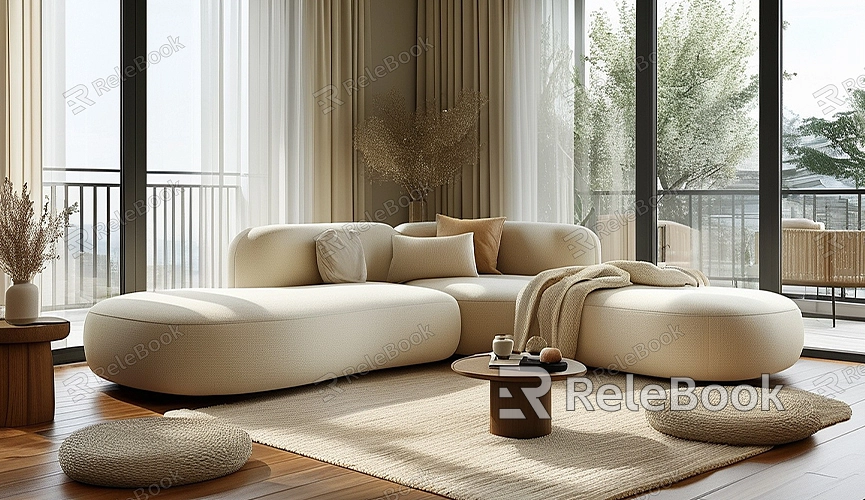How to Render with a Panoramic Camera in Blender 2.8
Blender 2.8 is a powerful 3D modeling and rendering software, ideal for creating high-quality virtual scenes and models. Rendering with a panoramic camera in Blender 2.8 can add unique visual effects to your projects. This article will detail how to achieve panoramic camera rendering in Blender 2.8, along with practical tips to enhance your rendering quality.
Setting Up the Panoramic Camera

Firstly, setting up a panoramic camera in Blender 2.8 is crucial for panoramic rendering. Here are the specific steps:
1. Select the Camera Object: Choose the camera object in your scene that you want to use for panoramic rendering. If there isn’t a camera in your scene, you can add one by pressing Shift + A and selecting "Camera."
2. Set Camera Type: After selecting the camera, go to the right-hand Properties panel and locate the "Camera" tab. Change the camera type from "Perspective" to "Panoramic." Then select "Fisheye Equirectangular" as the panoramic type.
3. Adjust Camera Parameters: Within the "Fisheye Equirectangular" options, adjust settings like field of view (FOV), aspect ratio, etc., to ensure the camera captures the entire scene’s view.
Preparing the Scene for Rendering
Before performing panoramic rendering, ensure all objects and lights in your scene are properly set up. This includes positioning models, applying materials, and arranging lighting.
1. Check Models: Ensure all models are correctly positioned and have appropriate materials applied. You can add and adjust materials in the Material panel to make models look more realistic.
2. Set Up Lighting: Add lights to your scene and adjust their positions and intensities. Different types of lights such as point lights, spotlights, or ambient lights can create various lighting effects.

Rendering Settings
Now, let’s configure rendering parameters to achieve the best rendering results.
1. Select Rendering Engine: From the top menu bar, choose the "Render Properties" tab. Blender 2.8 offers two main rendering engines: Eevee and Cycles. Eevee is suitable for real-time rendering, while Cycles is ideal for high-quality offline rendering. Select the rendering engine that suits your project.
2. Adjust Rendering Parameters: Depending on your rendering requirements, adjust settings like samples, light bounces, etc. Higher samples and light bounces can improve rendering quality but may increase rendering time.
3. Set Output Format: In the "Output Properties" tab, select the output format (e.g., PNG, JPEG) and resolution. Set an appropriate resolution for your render.
Starting the Render
Once all settings are configured, you can start the panoramic render by pressing F12. Blender will begin rendering the image from the current camera view. After rendering completes, you can save the rendered result to your computer from the "Image" menu by selecting "Save As."
Practical Tips
When rendering with a panoramic camera in Blender 2.8, here are some practical tips to enhance rendering quality and efficiency:
- Use High-Quality Textures: High-quality textures significantly enhance rendering results. For high-quality 3D textures, HDRI, or 3D model downloads needed for creating models and virtual scenes, you can download them from Relebook and directly import textures and 3D models into your project.
- Optimize Lighting Setup: Properly arrange lighting and adjust light parameters to effectively enhance rendering effects. Using environment lights and HDRI maps can create more natural lighting and shadows.
- Reduce Noise: When using the Cycles rendering engine, you can reduce noise in renders by increasing samples or enabling denoising features.
By following this guide, you should now have a good grasp of the basic steps and techniques for panoramic camera rendering in Blender 2.8. Panoramic rendering can add unique visual effects to your projects, making your creations more vibrant and immersive. For high-quality 3D textures, HDRI, or 3D model downloads, you can obtain them from Relebook and directly import them into your models for use.

